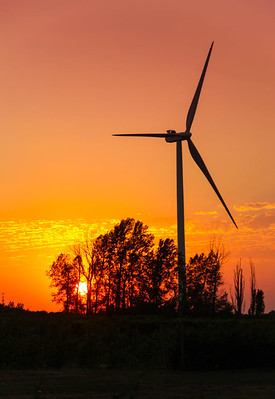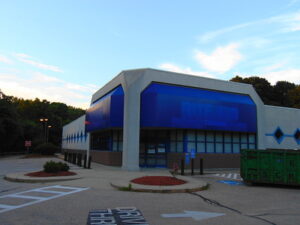In case you missed it, USA Today ran a story over the weekend about the desperate need for green energy technicians. The story focuses on Leah Benne, an 18-year-old student enrolled in a wind energy program at Cloud County Community College in Concordia, KS. When Benne finishes her program next year, she expects to land a job making at least $40,000 per year. That’s a pretty good starting salary for a two-year degree,
Additionally, employers are desperate to hire students for open positions in renewable energy, but community colleges haven’t created enough programs to keep up with demand. As a result, some utility companies are hiring people with no experience and providing the necessary training themselves. They would prefer to hire community college graduates, since it creates a path to managerial positions in the field.
I’ve written about the need for workers in renewable energy fields previously. According to the Energy Information Administration (EIA), wind power is the largest source of renewable energy in Michigan right now. In 2021, wind energy accounted for about 6.5% of Michigan’s total electricity production. Although there’s a big push to adopt solar energy, solar technology is not yet able to deliver renewable energy on a large scale in Michigan.
Electricity is like milk; it must be produced locally. To some extent, power companies can “import” it from their interconnected grid infrastructures, but transmission literally takes a lot out of electricity. A power utility’s transmission infrastructure dissipates somewhere between 10%-15% of the electricity a power plant produces. As the transmission distance increases, the power that reaches the end consumer diminishes. If the power plant were far enough away from the consumer, the transmission system would dissipate all the energy the power plant produced. That’s why electricity must be produced locally.
Michigan needs more wind energy programs
The power companies in Michigan operate their own power plants. In 2021, coal-fired power plants accounted for the largest share (32%) of electricity production in the state. Nuclear power accounted for the second largest source of electricity (30%). Natural gas fired power plants produced about 27% of Michigan’s energy. Renewable energy sources accounted for the rest.
Currently, wind has the best potential for renewable energy production in Michigan. In fact, Michigan is currently one of the top-15 wind energy producers in the US. The sun doesn’t always shine here, but the wind blows a lot. To make wind energy work, Michigan needs a lot of wind turbine technicians. Right now, a few community colleges (Henry Ford, Mott) have renewable energy technician programs, but we need more. Renewable energy technology is an ideal program opportunity for WCC. And it would fill a growing need in Michigan.
Where is WCC?
Photo Credit: Consumers Energy , via Flickr













